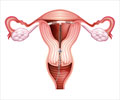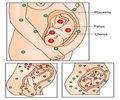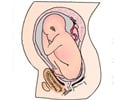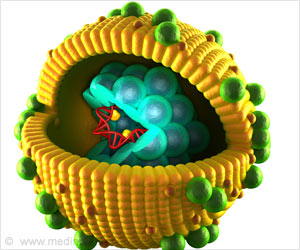Eighty-six percent of reduction in U.S. teen pregnancy rates is attributed to the use of contraceptives,as against 14% which is attributed to teens
Eighty-six percent of reduction in U.S. teen pregnancy rates is attributed to the use of contraceptives,as against 14% which is attributed to teens exercising patience and caution and wait longer before indulging in sex, according to a report by John Santelli, MD, MPH, department chair and professor of Clinical Population and Family Health at the Mailman School of Public Health and published in the January issue of the American Journal of Public Health.
The scientific findings indicate that abstinence promotion, in itself, is insufficient to help adolescents prevent unintended pregnancies.Data from the report, "Explaining Recent Declines in Adolescent Pregnancy in the United States: The Contribution of Abstinence and Improved Contraceptive Use" suggest that the United States is following patterns seen in other developed countries where increased availability and increased use of modern contraceptives have been primarily responsible for declines in teenage pregnancy rates. The study by Dr. Santelli of the Mailman School in conjunction with researchers at the Guttmacher Institute examines information from the National Survey of Family Growth, a nationally representative household survey that provides comprehensive coverage of female adolescents.
Between 1995 and 2002, U.S. teen pregnancy rates declined by almost one-quarter (24%). The new study examines the data to determine the relative contributions of abstinence and contraceptive use to this decline. According to the analysis, most of the decline (86%) was due to more se xually active teens using contraceptives, using more effective methods (e.g., condoms and birth control pills) and using multiple methods (e.g., the pill together with condoms) in 2002 than in 1995. When broken down by age, delays in se xual activity played a greater role for younger teens aged 15–17 (23% of the decline). Among 18–19-year-olds, the decline in the risk of teen pregnancy was entirely attributable to improved contraceptive use.
"The United States seems to be following the recent patterns in other developed countries where increased availability and use of modern contraceptives and condoms have led to remarkable declines in teen pregnancy," said Dr. Santelli. "If most of the progress in reducing teen pregnancy rates is due to improved contraceptive use, national policy needs to catch up with those realities."
The authors conclude that this study raises serious questions about the value of the federal government's funding of abstinence-only education programs that prohibit information about the benefits of condoms and contraception. They suggest that public policies and programs in the United States and elsewhere should vigorously promote provision of accurate information on contraception and on se xual behavior and relationships, support increased availability and accessibility of contraceptive services and supplies for adolescents, and promote the value of responsible and protective behaviors, including condom and contraceptive use and pregnancy planning.
Advertisement
SAV











